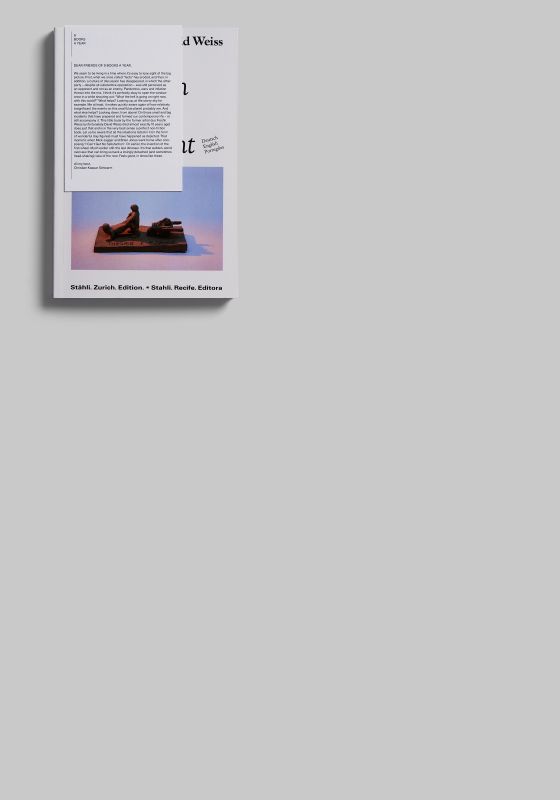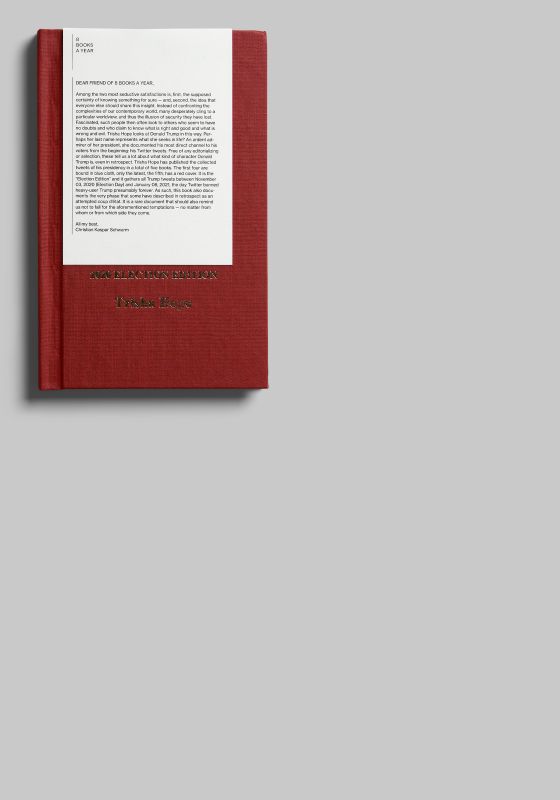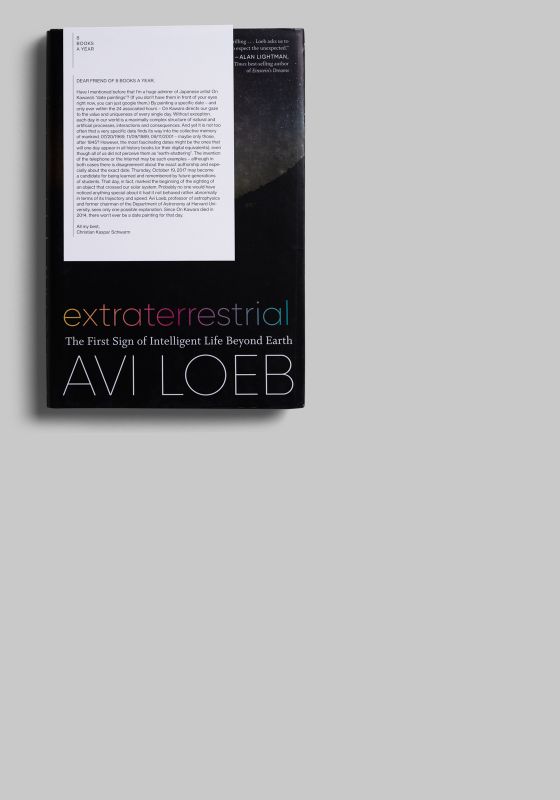SEPTEMBER 2018
Slavs and Tatars
Wripped Scripped
Hatje Cantz, 2018
Including a stamped postcard and an artist poster for our subscribers
DEAR FRIEND OF 8 BOOKS A YEAR,
How often do you hold a book in your hands that you immediately feel will literally change your life? I remember such a moment six years ago, almost to the day. The book I held in my hands appeared to be a supermodern, printed version of a cabinet of curiosities – or like we say in German: a so-called “Wunderkammer”. It was obviously meant to function as a melting pot for the most diverse things like historical events, old writings and bits of wisdom, political, economic and religious perspectives – combined with a lot of unexpected fragments of modern pop culture and sudden surprising insights. Since I believe that we actually live in a time where all forms of creativity are no longer driven by linear but intuitive processes of overlapping playgrounds and increasingly by blurred intersections between professions and disciplines, this book instantly became my perfect example for this way of thinking, and also for combining the past with our present in a coherent but completely unpredictable manner. This book broke through the current frontiers of both art and science (too thorough for the one world, too jumpy for the other). Yes, I confess that it shocked me, but only in an extremely positive way. I asked, “Who made this book? These guys have to be crazy ...” It turned out that it was written and designed by “Slavs and Tatars”, an international art collective. And it would be too much (and also way too rational) to list here in how many ways it brought new knowledge, thoughts, ideas and (even more importantly) new friendship into my life. The work of Slavs and Tatars, as unique as it is important, can be seen in a lot of places and museums all around the world. Right now (and until the middle of october) at the Albertinum in Dresden. On the occasion of this latest show, the collective published this new bilingual book. Another stunning Wunderkammer.
All my best,
Christian Kaspar Schwarm
Slavs and Tatars
Wripped Scripped
Hatje Cantz, 2018
Including a stamped postcard and an artist poster for our subscribers
Read InscriptionDEAR FRIEND OF 8 BOOKS A YEAR,
How often do you hold a book in your hands that you immediately feel will literally change your life? I remember such a moment six years ago, almost to the day. The book I held in my hands appeared to be a supermodern, printed version of a cabinet of curiosities – or like we say in German: a so-called “Wunderkammer”. It was obviously meant to function as a melting pot for the most diverse things like historical events, old writings and bits of wisdom, political, economic and religious perspectives – combined with a lot of unexpected fragments of modern pop culture and sudden surprising insights. Since I believe that we actually live in a time where all forms of creativity are no longer driven by linear but intuitive processes of overlapping playgrounds and increasingly by blurred intersections between professions and disciplines, this book instantly became my perfect example for this way of thinking, and also for combining the past with our present in a coherent but completely unpredictable manner. This book broke through the current frontiers of both art and science (too thorough for the one world, too jumpy for the other). Yes, I confess that it shocked me, but only in an extremely positive way. I asked, “Who made this book? These guys have to be crazy ...” It turned out that it was written and designed by “Slavs and Tatars”, an international art collective. And it would be too much (and also way too rational) to list here in how many ways it brought new knowledge, thoughts, ideas and (even more importantly) new friendship into my life. The work of Slavs and Tatars, as unique as it is important, can be seen in a lot of places and museums all around the world. Right now (and until the middle of october) at the Albertinum in Dresden. On the occasion of this latest show, the collective published this new bilingual book. Another stunning Wunderkammer.
All my best,
Christian Kaspar Schwarm












































